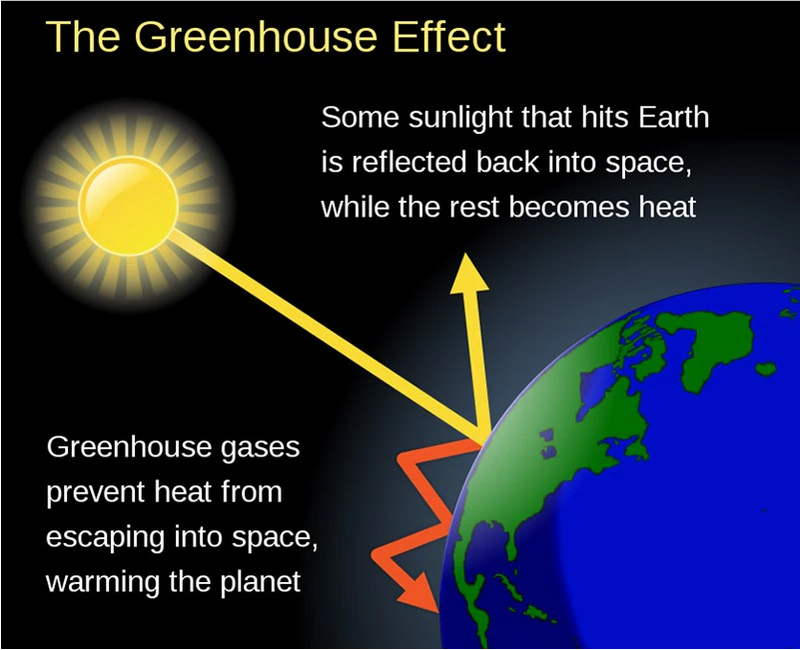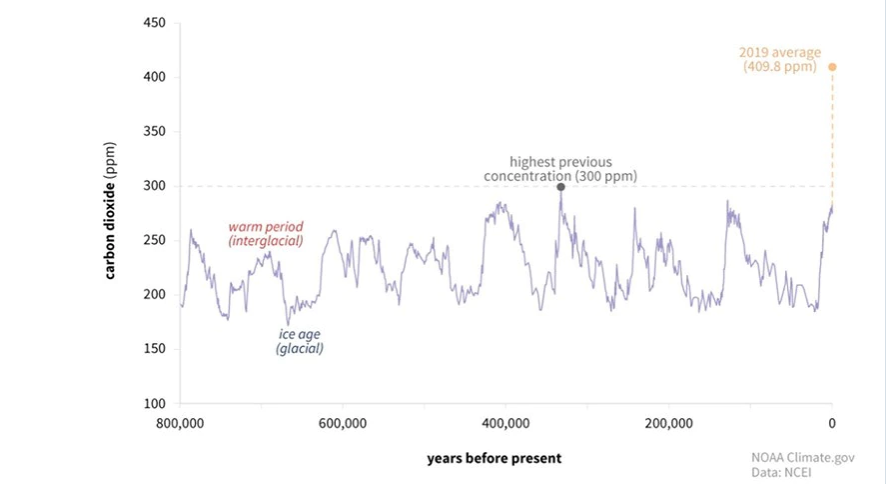Disclaimer
This page is intended for US prospects, clients and investors only and includes information about the capabilities, staffing and history of Robeco Institutional Asset Management US, Inc. (RIAM US) and its participating affiliates, which may include information on strategies not available in the US. US Securities and Exchange Commission (SEC) regulations are applicable only to clients, prospects and investors of RIAM US. Robeco BV, Robeco HK and Robeco SH are considered a “participating affiliate” of RIAM US and some of their employees are “associated persons” of RIAM US as per relevant SEC no-action guidance. Employees identified as access persons or associated persons of RIAM US perform activities directly or indirectly related to the investment advisory services provided by RIAM US. In those situations, these individuals are deemed to be acting on behalf of RIAM, a US SEC registered investment adviser. RIAM US’s SEC registration should not be viewed as an endorsement or approval of RIAM US by the SEC. RIAM US maintains its offices at 230 Park Avenue, New York, NY 10169.
By clicking I Agree, I confirm that I have read and understood the above.
Sustainable Investing
Greenhouse effect
The greenhouse effect occurs when heat from the sun becomes trapped in the Earth’s atmosphere rather than being reflected back into space, causing the planet to warm up.
It is a natural phenomenon that has accelerated in the past few centuries by the widescale emission of greenhouse gases such as carbon dioxide. These gases accumulate in the atmosphere, trapping infrared heat from the sun and preventing it from dissipating into space. This is the primary cause of global warming, which in turn leads to climate change.1

Emissions have risen exponentially since the industrial revolution of the 18th century led to the extensive burning of fossil fuels to generate electricity, power machinery and heat homes. The problem is increasing because solar radiation that enters the atmosphere cannot leave it, which means the planet will continue to get hotter unless emissions are reduced to net zero.
The greenhouse effect has already caused the planet to warm by more than 1°C since 1750. Much of this is now locked in and irreversible, causing climate change that can be seen in more extreme weather, melting ice caps and rising sea levels. The Paris Agreement aims to limit the global temperature rise to below 2°C above pre-industrial levels by the end of this century, and to pursue efforts to limit it to 1.5°C.
In order to achieve the lower target, the Intergovernmental Panel on Climate Change has said emissions needed to be cut by 40-60% from 2010 levels by 2030, reaching net zero around 2050. To achieve the 2°C target, emissions needed to be cut by 25% by 2030 in order to achieve net zero by 2050. This includes the fact that 0.8-1.2°C of warming has already occurred.
Carbon Dioxide over 800,000 years

Levels of CO2 in the atmosphere. Source: US National Oceanic and Atmospheric Association (NOAA)
















